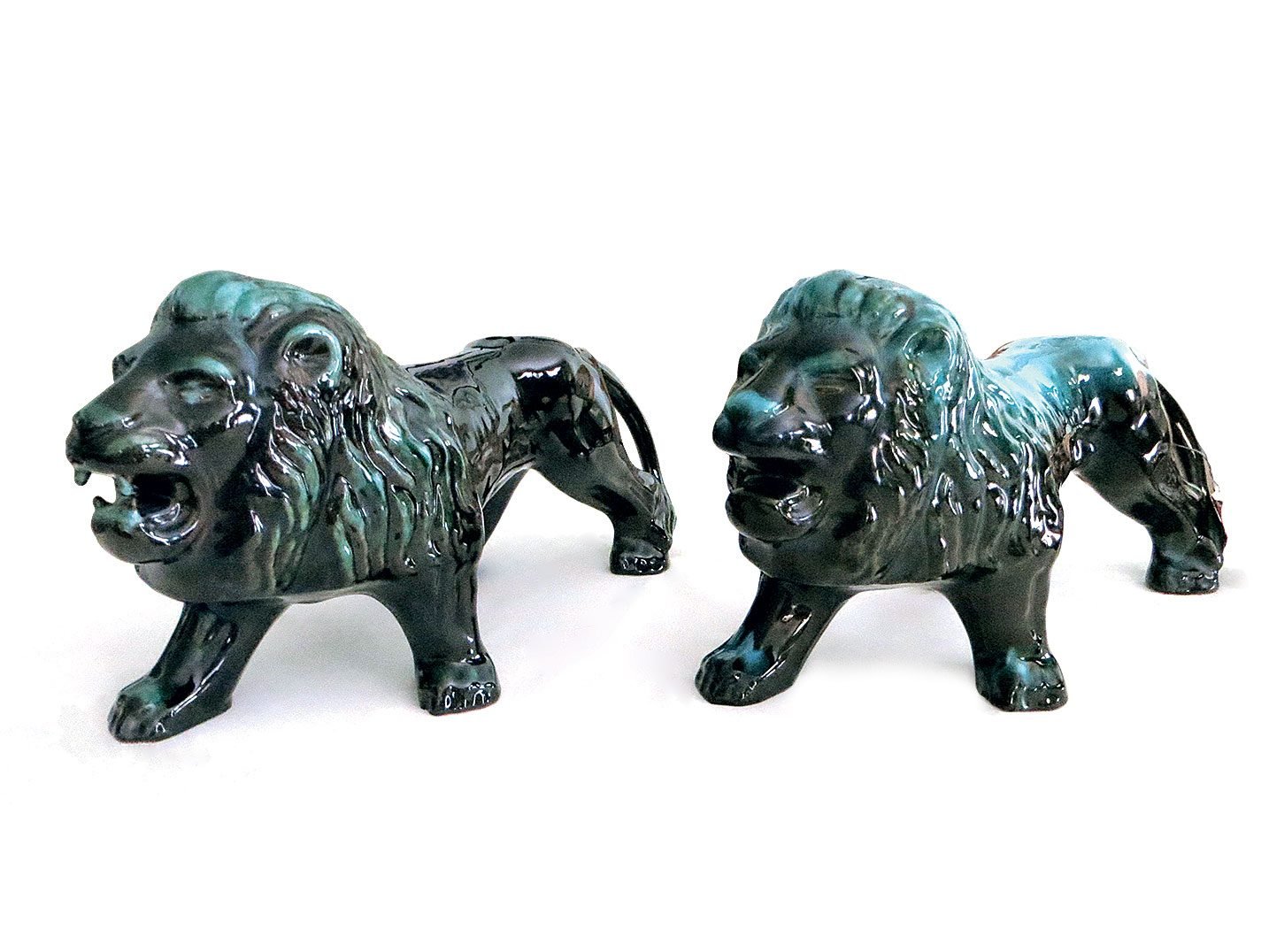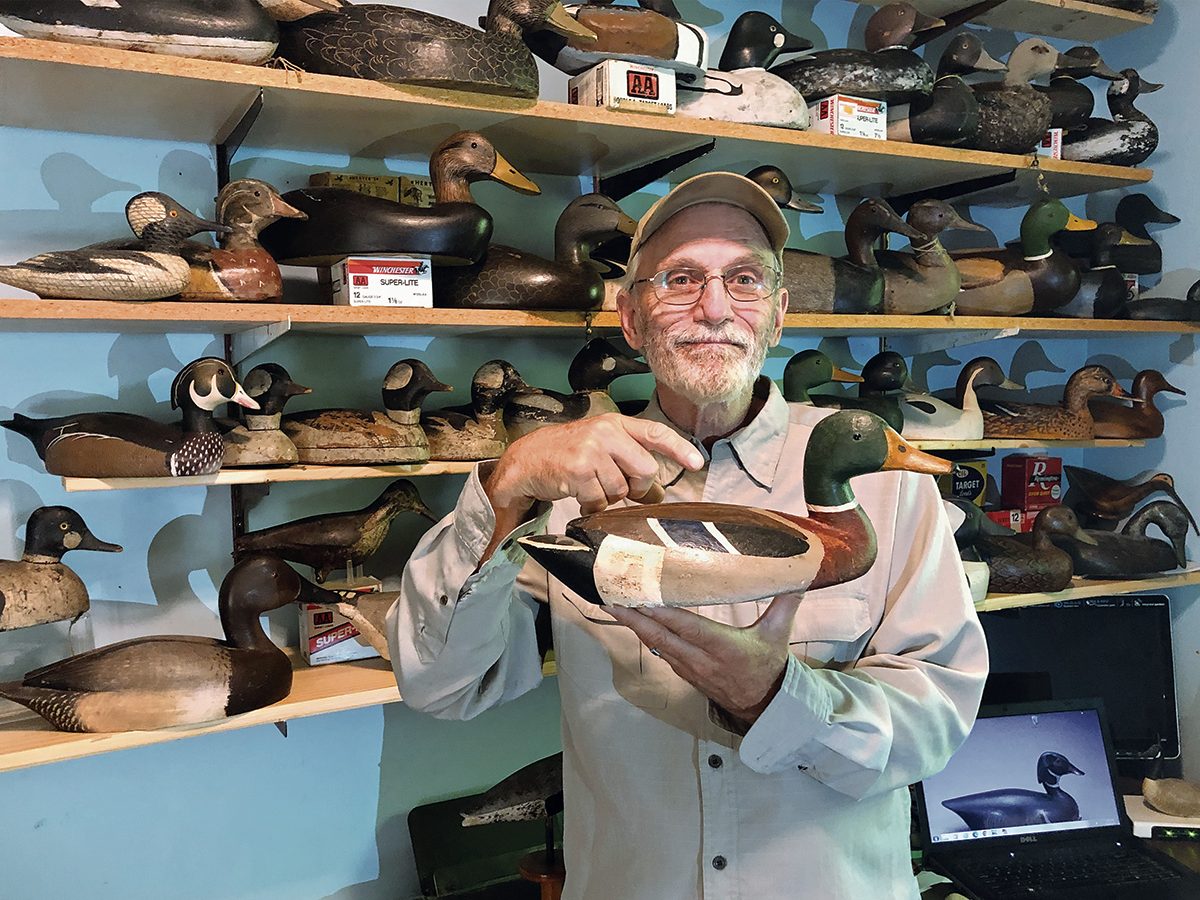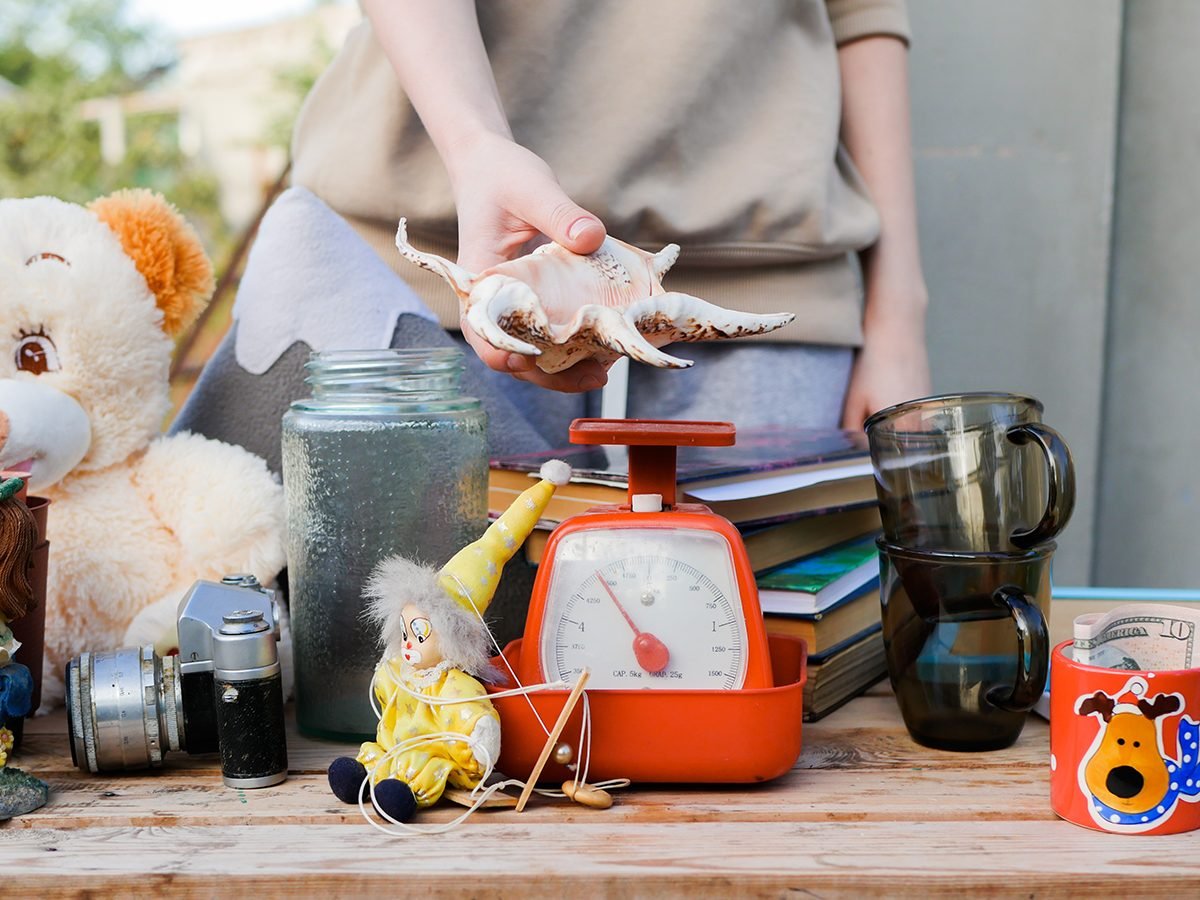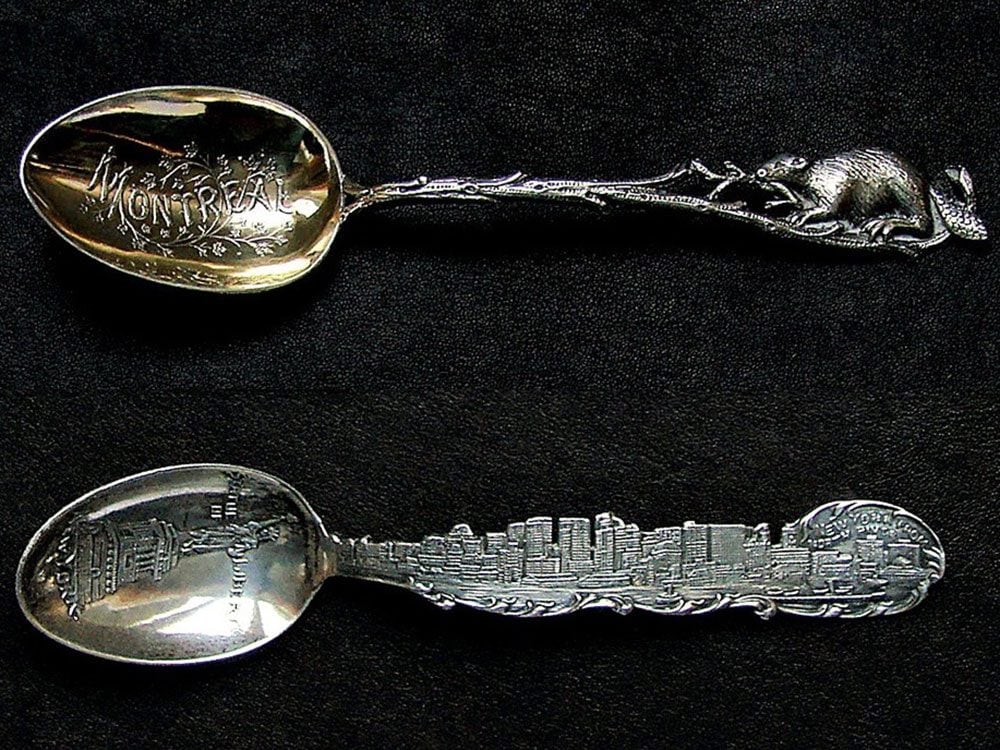
What my souvenir spoon collection means to me
I am a born collector. Stamps, coins, shells—you name it and I have probably collected it at one time or another. There is one collection though that stands out among the rest, because it led to new adventures that took me down paths I might never have taken otherwise.
It began in Montreal in 1962. I was window shopping one day when I came upon a newly opened store with the intriguing name of Hideaway Antiques. The owner welcomed me as I came in the door. “Look around,” she encouraged. “Maybe something will catch your eye.”
While examining a tray of silverware, something did indeed catch my eye. It was a spoon unlike any I had seen before. The handle was shaped like a tree branch with a beaver perched on the end and “Montreal” engraved in fancy script in the bowl. I examined the spoon, marvelling at the fine detail. That day I purchased my first souvenir spoon. Little did I know that it would lead me in directions beyond any I could have possibly imagined.
Later that year, when my husband and I honeymooned in the United States, I added to my antique spoon collection. Shortly afterward, we spend two months in Houston, Texas, where browsing through weekend flea markets turned up thrilling new finds. Then one day, while exploring the streets of downtown Houston, I noticed a display in a bookstore window. One book jumped out at me. The title was American Spoons: Souvenir and Historical by Dorothy Rainwater and Donna Felger. I bought the book on the spot and read it from cover to cover, amazed and intrigued by the beauty and workmanship of these exquisitely crafted spoons.
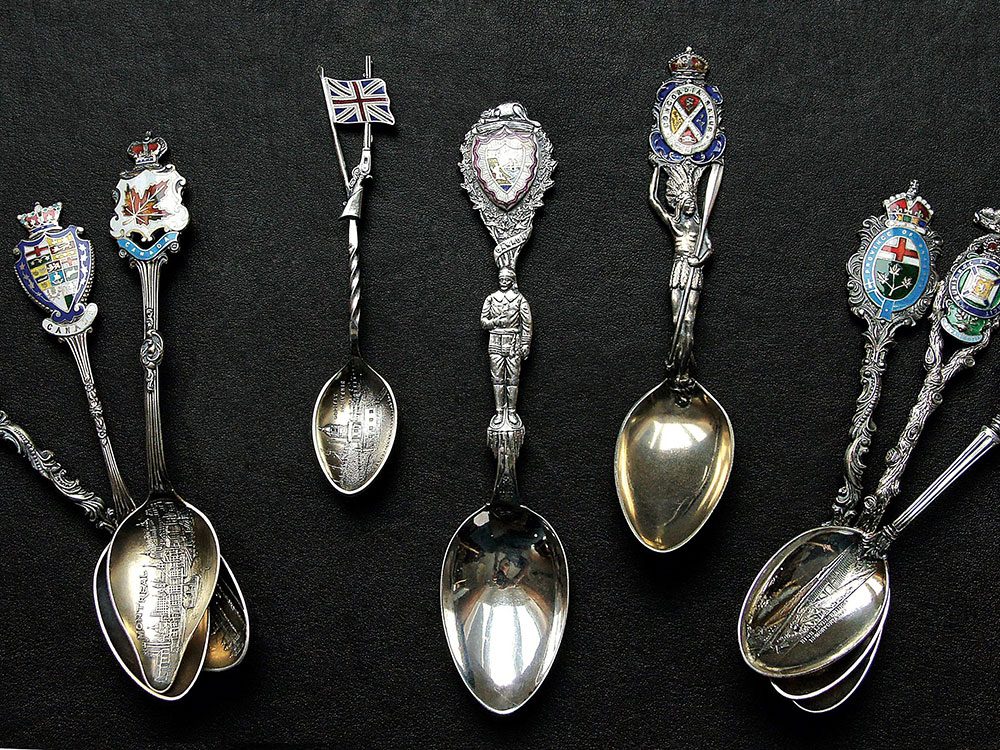
A spoonful of history
I learned that the souvenir spoon collection craze began in the late 1800s, with the bulk of them produced between 1880 and 1920. The craze wasn’t confined only to North America. Europe soon joined in, to the delight of people travelling abroad. The spoons came in all shapes and sizes, from tiny salt spoons to full-sized teaspoons. Ladies with wide fancy bowls, designed to serve everything from nuts to gravy, appeared, too. The spoons commemorated every occupation, celebration and location imaginable. Indeed, there seemed to be a souvenir spoon for every occasion.
My spoon collection books grew to five and Canadian spoons became my specialty. I researched the makers and designers as well as the people and places the spoon commemorated. As an added interest, I began collecting old postcards that matched the scenes in the spoon bowls. I contacted a couple of Canadian antiques publications to ask if they would be interested in a series of articles on souvenir spoons. To my delight, they said yes and even offered payment. Thanks to these articles, I heard about spoon collection clubs, one in California, the other in Vancouver. I joined both and bought, sold and traded with other collectors.
Another adventure in souvenir spoon collecting came my way when I was invited to be the keynote speaker at the first North American Conference for Souvenir Spoon Collectors, in Vancouver. My topic was Canadian spoons. Although the conference took place before the technology we now have right at hand, my husband was able to make excellent slides of my spoons for my presentation. While chatting with two other collectors at the Vancouver conference, one said to me, “There are several books on American and European spoons. We need one on Canadian spoons.” Her friend agreed enthusiastically, “Marilyn, your spoon articles are great,” she said. “You write well. We think you should write a book.”
I now have more than 300 spoons in my spoon collection. Although I did a vast amount of research on the subject, I never did write a book on Canadian souvenir spoons. That said though, I have written many books. My interests changed when my children were born and I discovered my true calling—writing children’s books. And to think, it all began with a single silver spoon!
Next, take a peek at 20 fascinating artifacts you’ll find in Canadian museums.
